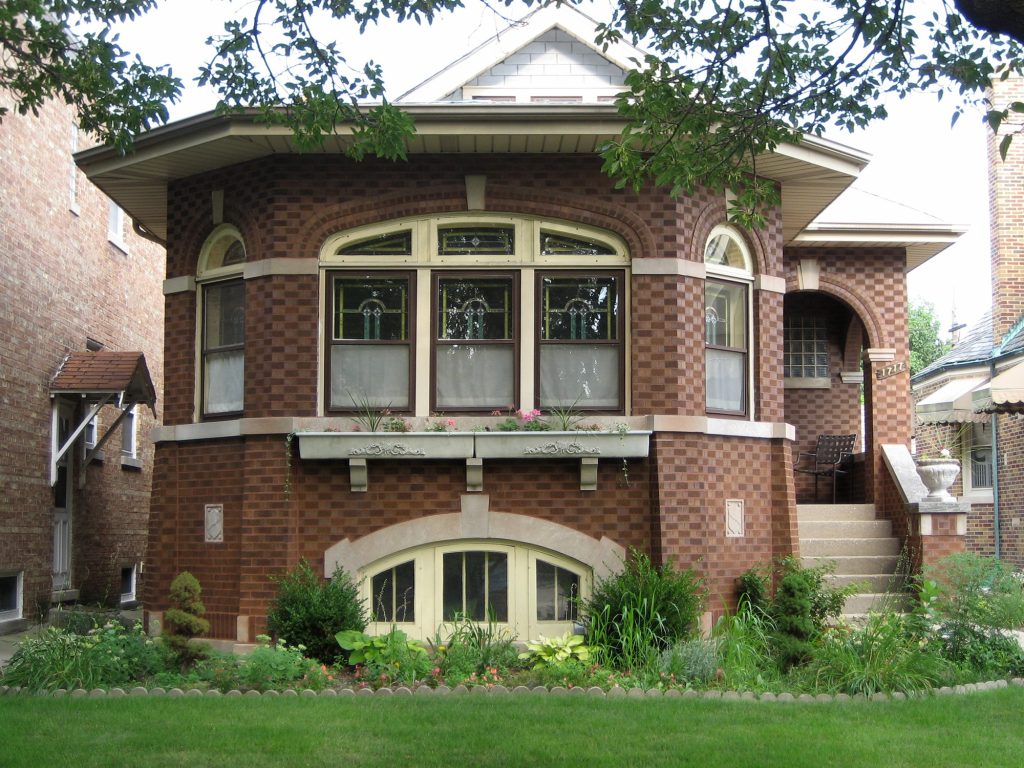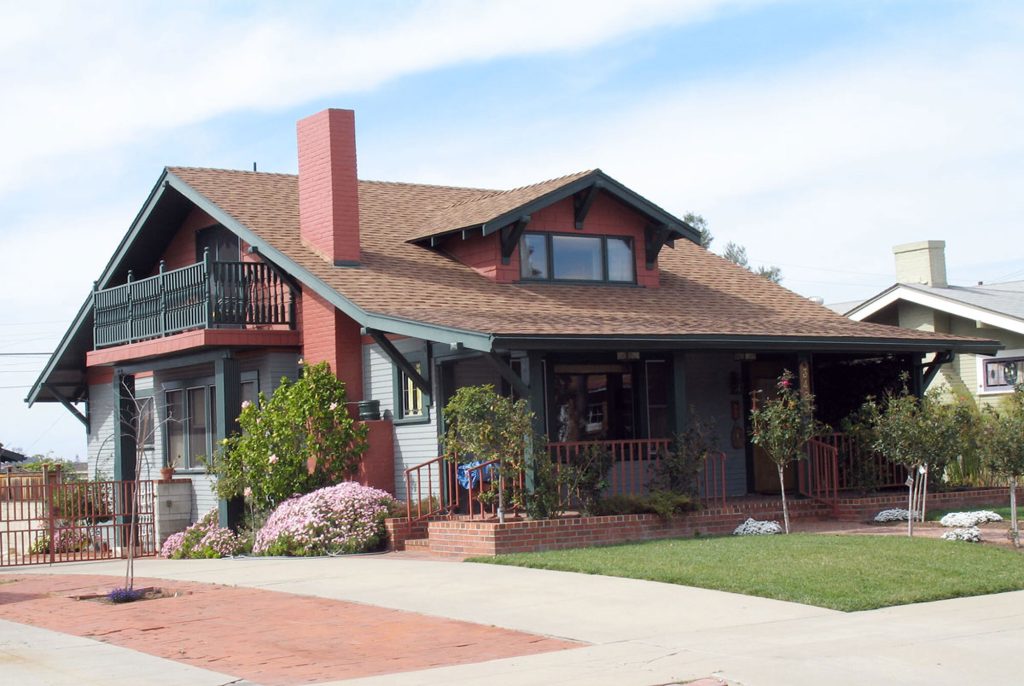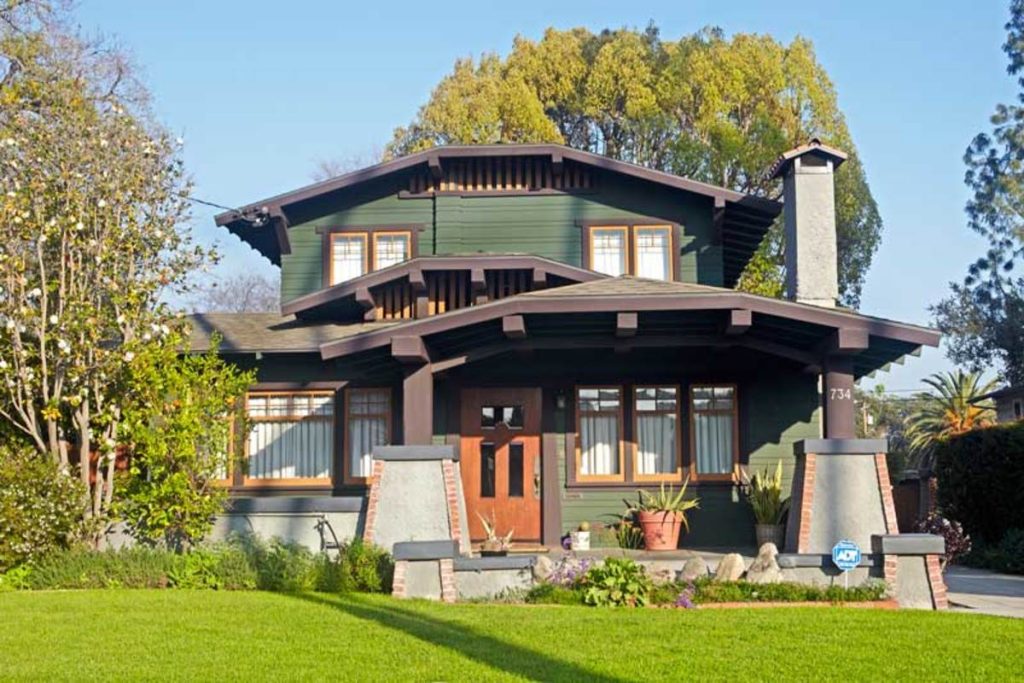I. Intro
A. Definition and significance of Arts and Crafts homes
Arts and Crafts homes, also known as Craftsman or Mission-style homes, are architectural expressions of the Arts and Crafts movement that emerged in the late 19th and early 20th centuries. These homes are characterized by their emphasis on craftsmanship, simplicity, and a connection to nature. They hold great significance in architectural history, representing a rejection of industrialization and a return to traditional handmade craftsmanship.
B. The enduring appeal and timeless craftsmanship of this architectural style
Arts and Crafts homes continue to capture the imagination of homeowners and architects alike due to their timeless appeal. The meticulous craftsmanship, use of natural materials, and thoughtful design principles make these homes stand out as enduring symbols of artistry and craftsmanship.

II. Origins and Influences of Arts and Crafts Homes
A. Tracing the roots of the Arts and Crafts movement
The Arts and Crafts movement originated in the late 19th century as a response to the Industrial Revolution. It sought to restore value to handmade objects and celebrate the skills of craftsmen. Influential figures such as William Morris and John Ruskin played crucial roles in promoting this movement and shaping its ideals.
B. Examining the influence of nature, craftsmanship, and the rejection of industrialization
Arts and Crafts homes drew inspiration from the beauty of the natural world. Believing that the natural environment provided a harmonious design template, architects incorporated organic forms, earthy colors, and natural materials into their designs. They rejected the mass-produced and machine-made aesthetic of the industrial era, instead valuing handcrafted details and individual expression.

III. Key Characteristics of Arts and Crafts Homes
A. Emphasizing handcrafted details and materials
Arts and Crafts homes are distinguished by a deep appreciation for craftsmanship. Intricate woodwork, hand-hewn beams, and custom-built elements are hallmarks of these homes, showcasing the skill and artistry of the craftsmen who meticulously crafted them. From the exposed joinery that demonstrates the care and precision of the construction to the intricate hand-carved accents that add a touch of artistry, every detail in an Arts and Crafts home reflects the dedication and mastery of the craftsmen involved.
The emphasis on craftsmanship in Arts and Crafts homes goes beyond mere aesthetics. It represents a commitment to quality and longevity, as well as a celebration of the art of making. The handcrafted elements bring a sense of authenticity, warmth, and character to these homes, creating spaces that are both visually stunning and deeply rooted in the traditions of skilled craftsmanship. Whether it is the ornate wood paneling, the intricate built-in cabinetry, or the meticulously crafted staircase, the craftsmanship in Arts and Crafts homes stands as a testament to the enduring value of handmade excellence.
B. Incorporating natural elements and organic design principles
Arts and Crafts homes embrace a connection to nature. They often feature broad eaves, low-pitched roofs, and deep porches that invite residents to engage with the surrounding environment. Natural materials like stone, wood, and brick are used extensively to create a seamless integration between the home and its natural surroundings.
C. Creating a connection between indoor and outdoor spaces
Arts and Crafts homes prioritize a harmonious relationship between indoor and outdoor spaces. Large windows and open floor plans allow natural light to flow freely throughout the home, blurring the boundaries between inside and outside. Gardens, courtyards, and outdoor living areas are often incorporated to encourage a connection with nature.

IV. Interior Design and Features of Arts and Crafts Homes
A. Highlighting the use of traditional materials like wood, stone, and stained glass
The interiors of Arts and Crafts homes showcase the use of traditional materials like richly grained wood, stone, and stained glass. Woodwork, such as built-in cabinetry and shelving, is a prominent feature, often showcasing the natural beauty of oak, mahogany, or maple. Stained glass windows add a touch of color and artistry to interior spaces.
B. Incorporating built-in furniture and functional design elements
Arts and Crafts homes often incorporate built-in furniture and functional design elements to maximize space and utility. This includes features such as window seats, inglenook fireplaces, and built-in bookshelves. These elements not only add character to the home but also provide practical solutions for storage and everyday living.
C. Focusing on simplicity, warmth, and the celebration of craftsmanship
The interior design of Arts and Crafts homes focuses on simplicity, warmth, and the celebration of craftsmanship. Walls are often adorned with earth-toned wallpapers or painted in warm, natural hues. Furnishings are typically solid and sturdy, reflecting the emphasis on durability and quality craftsmanship.

V. Contemporary Interpretations and Preservation of Arts and Crafts Homes
A. Exploring modern adaptations of the Arts and Crafts style
Contemporary architects and homeowners continue to draw inspiration from the Arts and Crafts style, adapting its principles to suit modern living. This includes incorporating sustainable materials, energy-efficient features, and contemporary interpretations of Arts and Crafts design elements.
B. Discussing the importance of preserving historic Arts and Crafts homes
Preserving historic Arts and Crafts homes is crucial to maintaining the integrity and heritage of this architectural style. These homes represent a significant era in architectural history and provide a glimpse into the craftsmanship and design ethos of the past.
C. Resources and organizations dedicated to the study and conservation of this architectural style
Numerous resources and organizations are dedicated to the study, preservation, and restoration of Arts and Crafts homes. These include architectural societies, preservation trusts, and museums that offer educational programs, workshops, and resources to support the appreciation and conservation of this architectural style.

In conclusion, Arts and Crafts homes hold a timeless appeal due to their emphasis on craftsmanship, connection to nature, and thoughtful design principles. With origins rooted in the Arts and Crafts movement, these homes celebrate the beauty of handcrafted details, natural materials, and a harmonious relationship between indoor and outdoor spaces. The interior design of Arts and Crafts homes focuses on simplicity, warmth, and the celebration of craftsmanship. As contemporary interpretations and preservation efforts continue, these homes serve as a testament to the enduring legacy of timeless craftsmanship in architecture.


